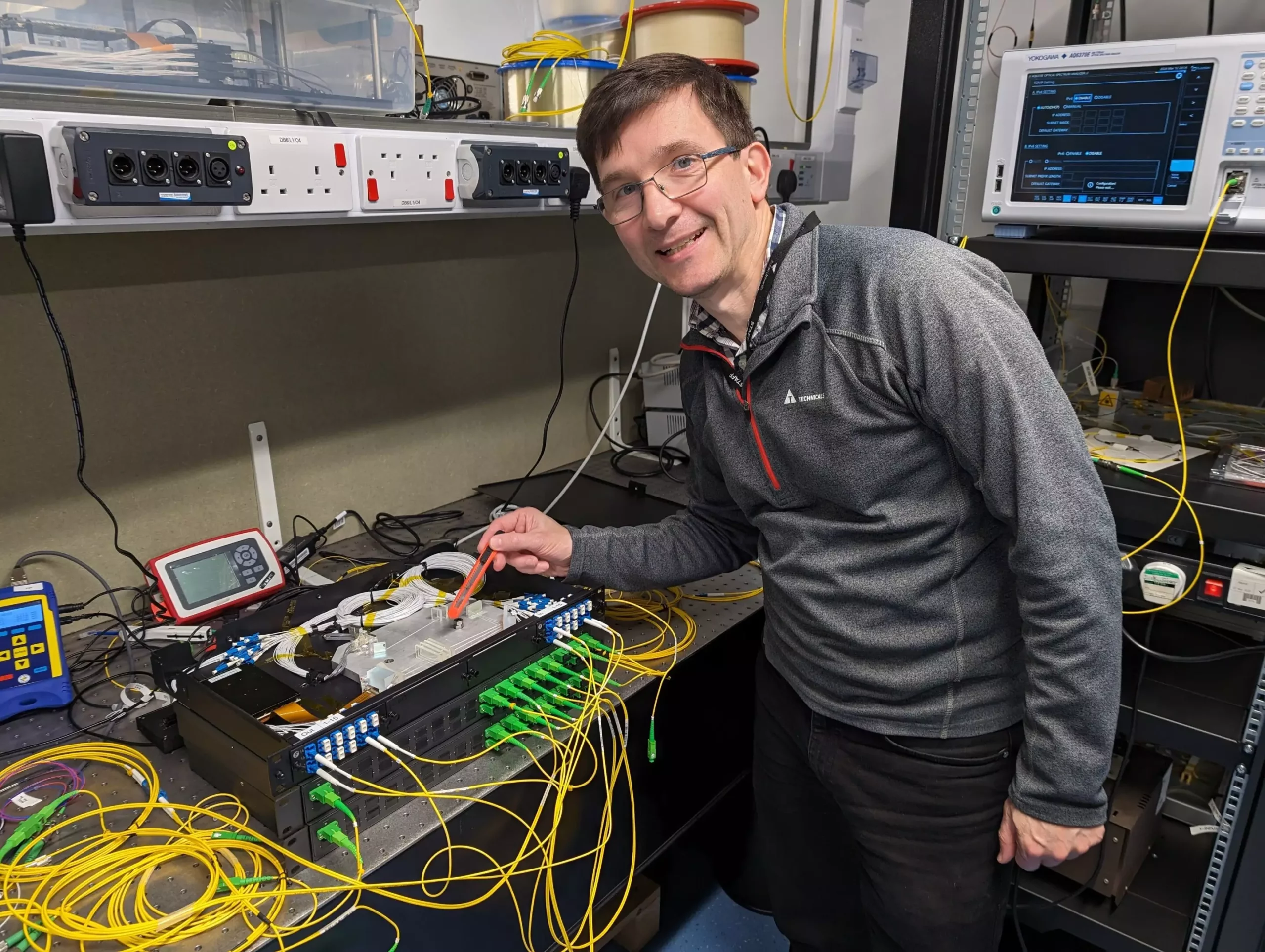Aston University researchers have achieved a groundbreaking milestone in data transmission. They have successfully sent data at a mind-blowing speed that is 4.5 million times faster than the average home broadband. This incredible rate of data transfer is made possible by utilizing specific new wavelength bands that have not been previously used in fiber optic systems.
The team of academics involved in this achievement worked in collaboration with researchers from the National Institute of Information and Communications Technology (NICT) in Japan and Nokia Bell Labs in the U.S. Professor Wladek Forysiak and Dr. Ian Phillips from Aston Institute of Photonic Technologies played a crucial role in this project. The data was transmitted at a rate of 301 terabits or 301,000,000 megabits per second using a single, standard optical fiber.
As the demand for higher data speeds continues to rise, this newly developed technology is expected to play a key role in keeping up with future demands. The use of optical fibers, which are small tubular strands of glass that transmit information using light, enabled this remarkable achievement. It is worth noting that traditional copper cables are incapable of carrying data at such incredible speeds.
The key to this groundbreaking achievement lies in opening up new wavelength bands that have not been previously utilized in fiber optic systems. By utilizing different wavelength bands, equivalent to different colors of light being transmitted down the optical fiber, the researchers were able to achieve this unprecedented speed. This was made possible by developing new devices such as optical amplifiers and optical gain equalizers to access these new wavelength bands.
Dr. Phillips, from Aston University, led the development of a management device known as an optical processor, which played a crucial role in this achievement. This optical processor enabled data to be sent via an optical fiber, similar to a home or office internet connection. Additionally, Aston University has been working on developing optical amplifiers that operate in the E-band, which is adjacent to the C-band in the electromagnetic spectrum but is about three times wider.
The breakthrough in high-speed data transmission achieved by Aston University researchers opens up a world of possibilities for the future of data transfer. This achievement not only sets a new benchmark for data transmission speeds but also showcases the power of innovation and collaboration in the field of technology. The implications of this breakthrough are vast, and the potential applications of this technology are endless.


Leave a Reply